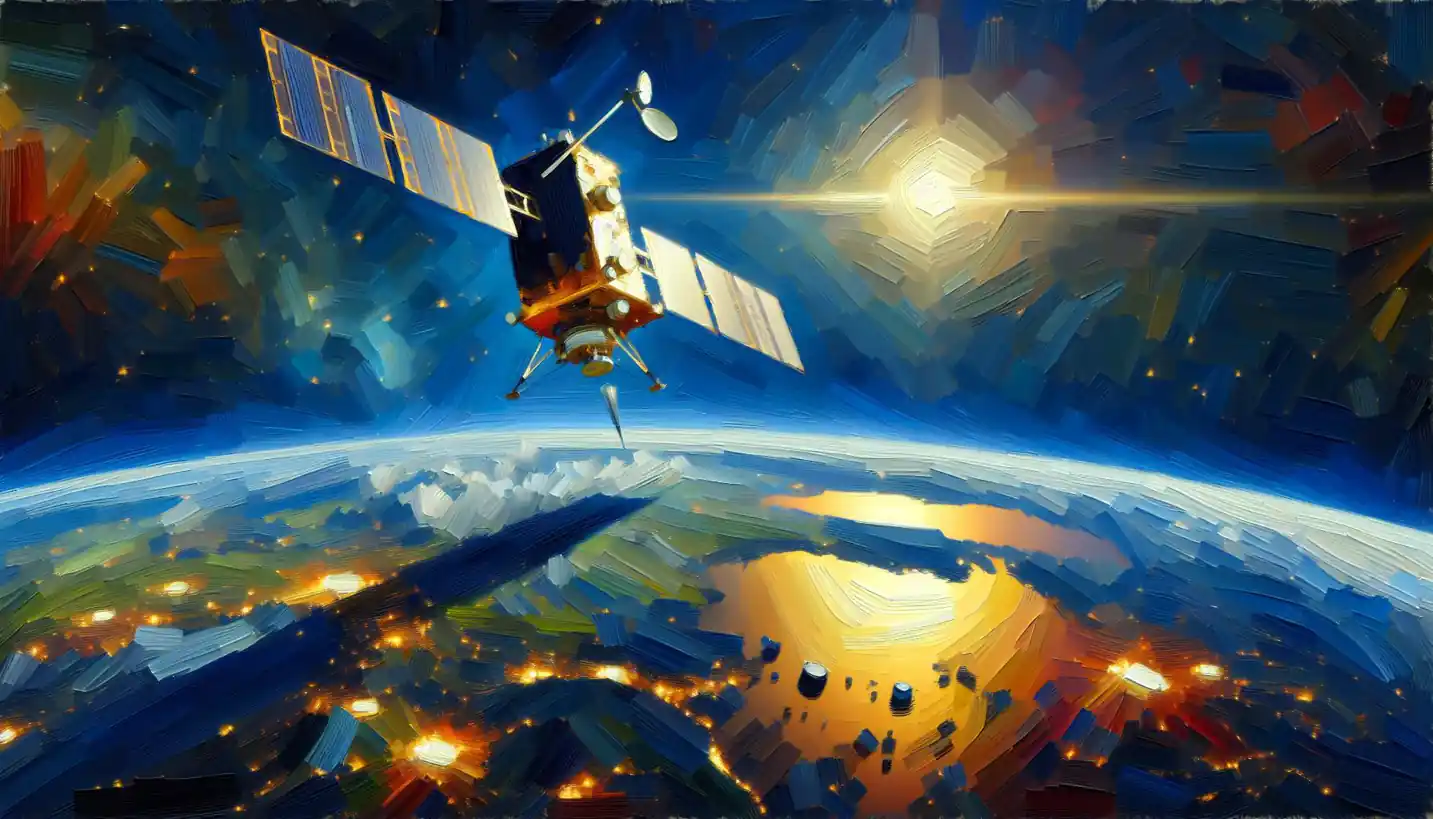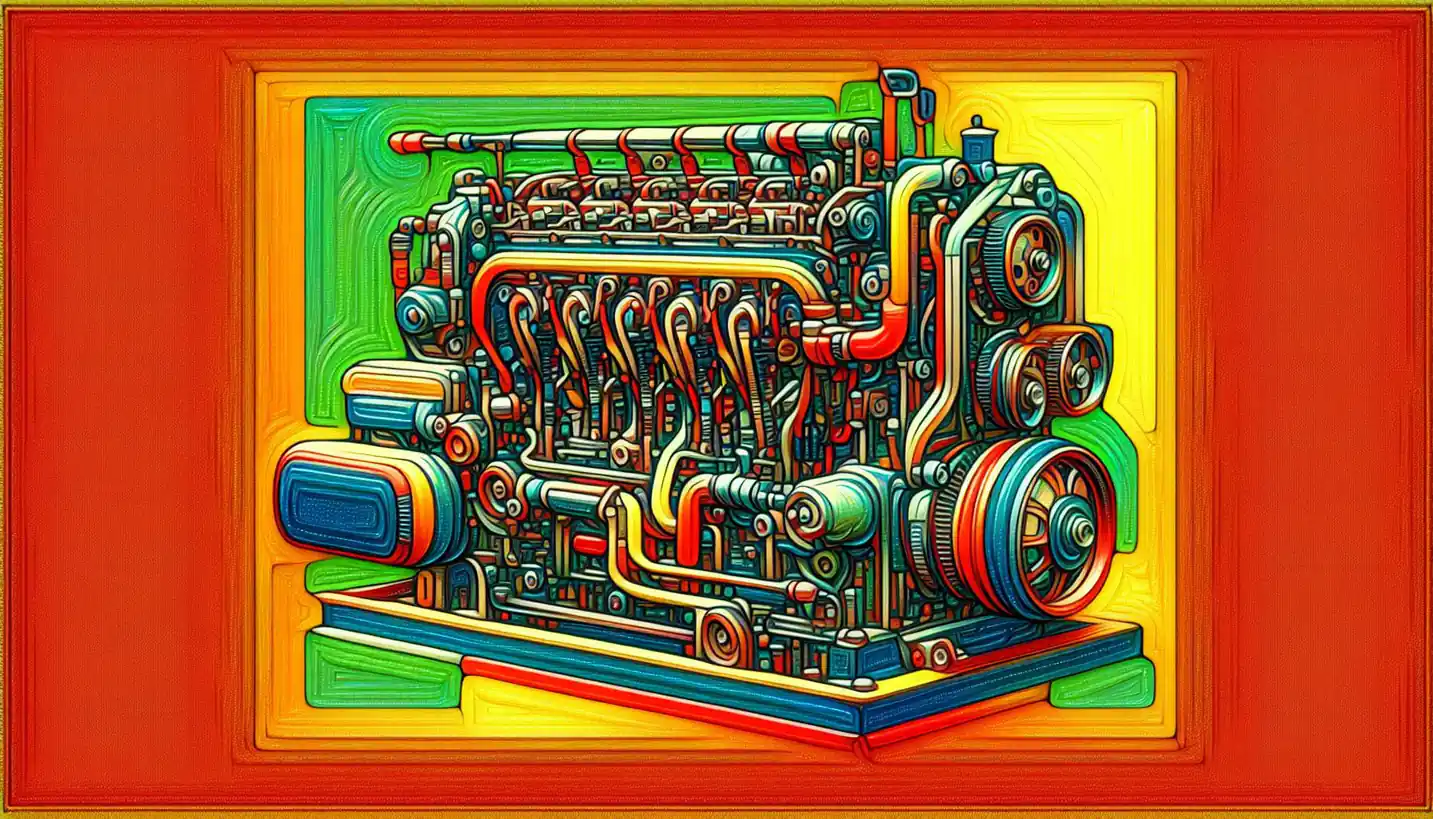· Engineering · 5 min read
Nanoelectronics: The Tiny Revolution in Technology
Nanoelectronics are revolutionizing technology on a tiny scale. Discover how these small components drive big advancements.

When we think of technology, we often picture powerful computers, sophisticated smartphones, and smart homes. But what if I told you that the real revolution is happening at an incredibly tiny scale? It’s a world where devices measure just billionths of a meter, and it’s called nanoelectronics. This extraordinary field is redefining the possibilities of engineering and pushing the boundaries of what technology can achieve.
What is Nanoelectronics?
Nanoelectronics involves using nanotechnology in electronic components. It’s all about manipulating materials on a nanoscale. To give you an idea of how small this is, a nanometer is one-billionth of a meter. Imagine shrinking the intricate workings of your favorite gadget down to a size smaller than the width of a human hair. In this world, the usual rules change, and materials behave differently. This creates opportunities for new, more efficient, and more powerful electronic devices.
Why Nanoelectronics Matters
Advancements in nanoelectronics mean more than just smaller gadgets. As electronic devices become more compact and efficient, they can also become faster and consume less energy. Think of the implications for everything from faster computing speeds to longer-lasting batteries. This could revolutionize industries, from healthcare, where tiny sensors measure biological markers, to environmental monitoring systems that help us understand climate change.
How It All Began
The story of nanoelectronics is intertwined with the broader field of nanotechnology. It all began when scientists discovered that materials could behave in unexpected ways at the nanoscale. For instance, at nanoscale, gold doesn’t appear gold; it can even change color and become red or purple. These peculiar behaviors intrigued researchers who thought about the applications within electronics.
The Birth of the Transistor
One of the pivotal moments in this field was the miniaturization of the transistor. Transistors are tiny switches that help control electrical signals and form the backbone of all modern electronics. By making them smaller and smaller, engineers were able to fit more onto a single chip, escalating from a few thousand in the 1960s to billions today. This trend, famously known as Moore’s Law, predicted the doubling of transistor numbers approximately every two years. Nanoelectronics pushes this even further, squeezing unimaginable power into small spaces.
Challenges in the Nanoscale World
Venturing into the nanoscale isn’t without its challenges. When materials shrink, they start to follow the whimsical laws of quantum mechanics rather than our usual understanding of physics. Electrons can tunnel through barriers they’d never cross at a larger scale. This can lead to leaks and noise in circuits. Also, manufacturing at such minuscule scales is incredibly complex, requiring precision technology and methods.
Overcoming Obstacles
To tackle these challenges, researchers are developing innovative techniques. One method involves using novel materials like graphene. Graphene, a single layer of carbon atoms arranged in a lattice, is much stronger than steel and has remarkable electrical properties. Such materials are promising candidates for overcoming the limitations of current silicon-based technology.
Real-World Applications
What does all this mean for the gadgets and systems we rely on daily? The applications are vast, and the potential benefits enormous.
Medical Innovations
In healthcare, nanoelectronics is paving the way for breakthroughs like smart pills that can monitor drug delivery inside the body. There are also lab-on-a-chip technologies, which allow quick and accurate disease diagnostics by performing numerous tests on a single, tiny platform. These could revolutionize how we approach healthcare, making it more personalized and efficient.
Environmental Benefits
Imagine having tiny sensors dispersed in the environment to monitor pollution levels or track wildlife movements. These nano-sensors could deliver real-time data to help us tackle environmental issues more effectively.
Consumer Electronics
For the devices we use every day, nanoelectronics means more powerful processors that use less power, leading to faster and longer-lasting smartphones and laptops. It also opens doors to advances in wearable technology, enabling devices that are even smaller and less intrusive.
The Future of Nanoelectronics
The journey of nanoelectronics is still at its onset, and the possibilities seem limitless. Researchers are continually finding new ways to harness the power of nanotechnology in electronics. We could reach a point where computing becomes virtually invisible, integrated seamlessly into everything around us.
Quantum Computing
An exciting frontier in this field is the development of quantum computers. Unlike classical computers, which use bits as the smallest unit of data, quantum computers use qubits, which can exist in multiple states simultaneously. This could potentially allow them to perform complex calculations at unprecedented speeds, solving problems that are currently unsolvable.
Energy Efficiency
Another promising direction is the improvement of energy efficiency. Nanoelectronics could drastically cut down the energy consumption of data centers and computing infrastructures, which are currently some of the largest consumers of electricity.
Conclusion: The Tiny Frontier
Nanoelectronics is not just about creating smaller gadgets; it’s about unleashing new capabilities that were once considered science fiction. As we continue to explore and understand this tiny frontier, the impact on our lives, industries, and the planet will likely be profound. This microscopic world holds the key to many macroscopic challenges, offering us a peek into the technological innovations of the future.
So next time you pick up your smartphone or boot up your laptop, think about the tiny marvels working hard inside, turning the impossible into the everyday. It’s in these tiniest of worlds that the next big breakthroughs are being built, bit by bit.


